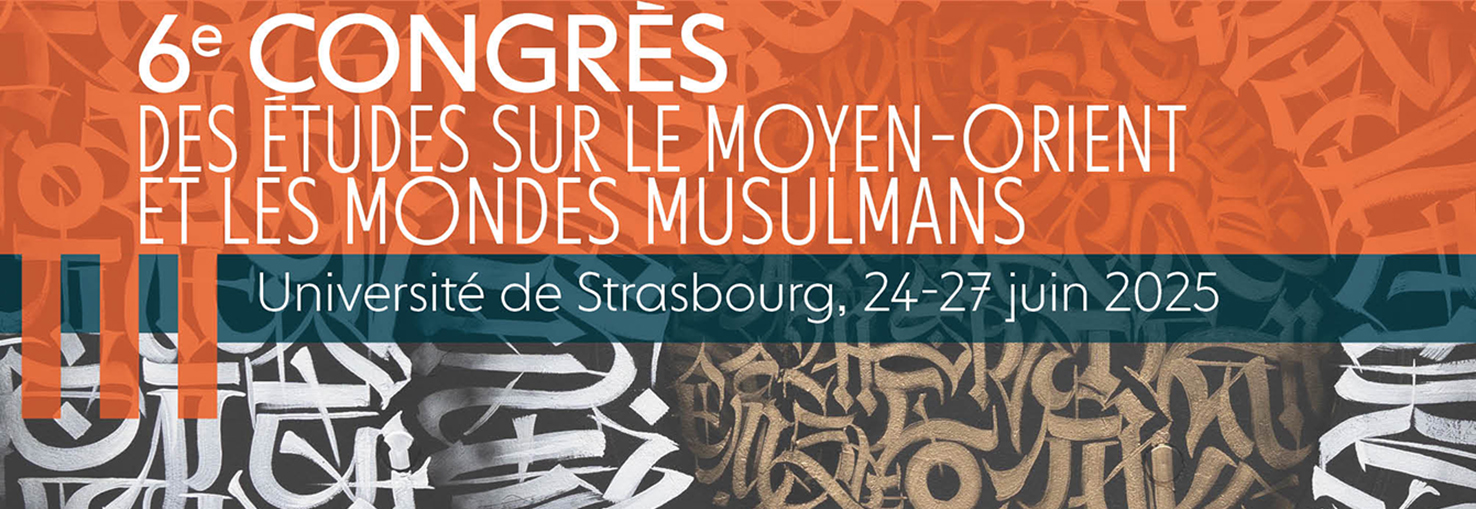Mercredi 25 juin 2025, 16h30-18h30, Salle 3203
RESPONSABLE ET DISCUTANTE :
Julie Bonnéric (CEFREPA, Ifpo)
INTERVENANTS :
Fabien Lesguer (CNRS, Orient et Méditerranée, UMR 8167) : Le geste du potier dans son environnement de travail durant le dernier millénaire dans la péninsule Arabique
A study of the potter's gesture in the Arabian Peninsula during the last millennium
Julie Bonnéric (CEFREPA, Ifpo) : Quand l'archéologie conduit à réévaluer les textes : Histoire des communautés chrétiennes en Arabie orientale à l'époque omeyyade
When archaeology leads to reassessing texts: The history of Christian communities in Eastern Arabia during the Umayyad period
Simon Pierre (Ifpo, UMR 8167) : L'histoire sans archéologie : Un journalisme sans terrain ?
History without archaeology: Journalism without fieldwork?
Camille Bougault-Mathias (Paris 1 Panthéon-Sorbonne, IHMC UMR 8066, Sciences-Po Paris, CERI) : Le pouvoir saoudien face au patrimoine médiéval islamique, entre invisibilisation et valorisation
The Saudi government and Medieval Islamic heritage: Between marginalization and promotion



